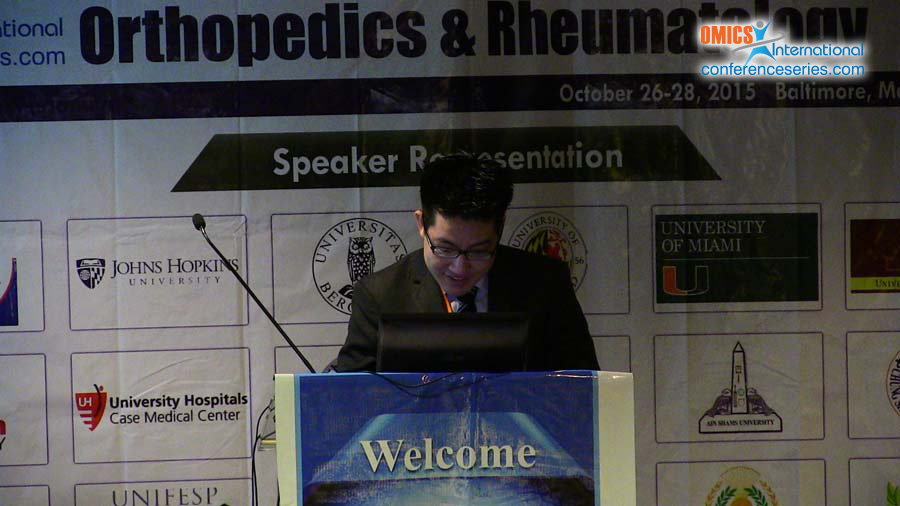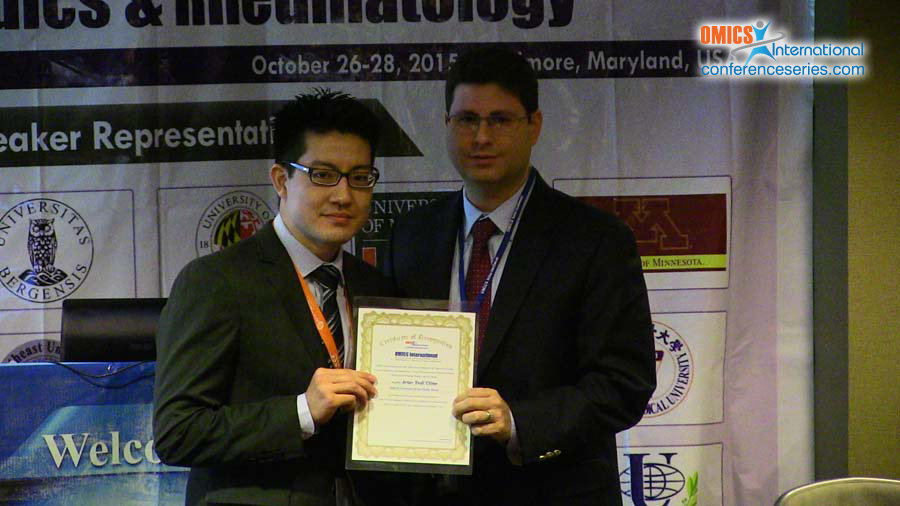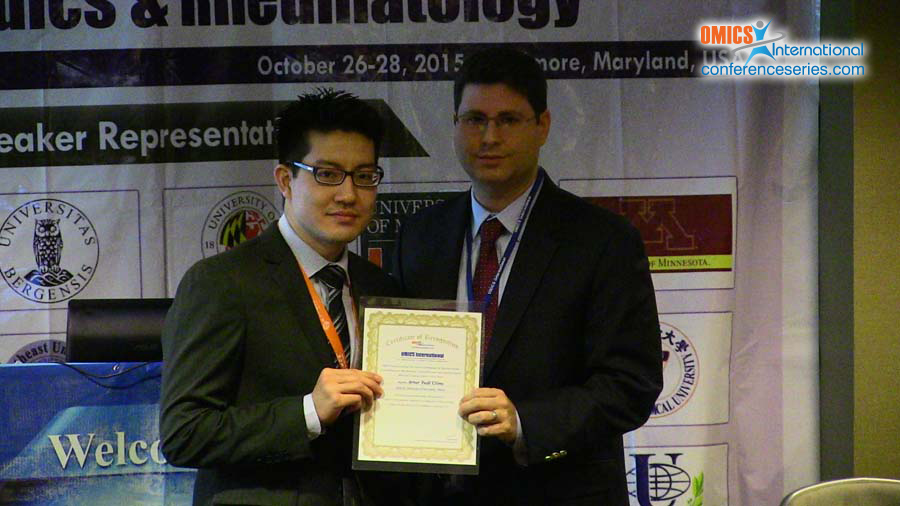
Artur Yudi Utino
Federal University of Sao Paulo, Brazil
Title: Correlation of the degree of clavicle shortening after non-surgical treatment of midshaft fractures with upper limb function
Biography
Biography: Artur Yudi Utino
Abstract
Background: Despite the use of non-surgical methods to treat for the majority of mid-shaft fractures of the clavicle, it is remains controversial whether shortening of this bone following non-surgical treatment of a middle third fracture affects upper limb function. Methods: We conducted a cohort study by sequentially recruiting 59 patients with a fracture of the middle third of the clavicle. All patients were treated non-surgically with a figure-of-eight bandage until clinical and radiological findings indicated healing of the fracture. Functional outcome was assessed using the Disability of Arm, Hand and Shoulder (DASH) score revalidated for the Portuguese language, other outcomes assessed included: pain measured by visual analogue scale (VAS); radiographies to measure the degree of shortening, fracture consolidation and fracture mal-union. Information was also collected regarding the mechanism of injury, patient’s daily activities level and epidemiological features of the patient cohort. The results of our findings are expressed as the comparison of the functional outcome with the degree of shortening. Results: Patients were assessed six weeks and one year after injury. In the first evaluation, the mean DASH score was 28.84 and pain measured by VAS was 2.57. In the second evaluation (one year after injury) the mean DASH score was 8.18 and pain was 0.84. The mean clavicle shortening was 0.92 cm, ranging from 0 to 3 cm (SD=0.64). There was no correlation between the degree of shortening and DASH score after six weeks and one year (p=0.073 and 0.706, respectively). When only patients with of shortening greater than 2 cm were assessed for correlation, the result did not change. Conclusion: We conclude that clavicle shortening after nonsurgical treatment with a figure-of-eight bandage does not affect limb function, even when shortening exceeds 2 cm.



